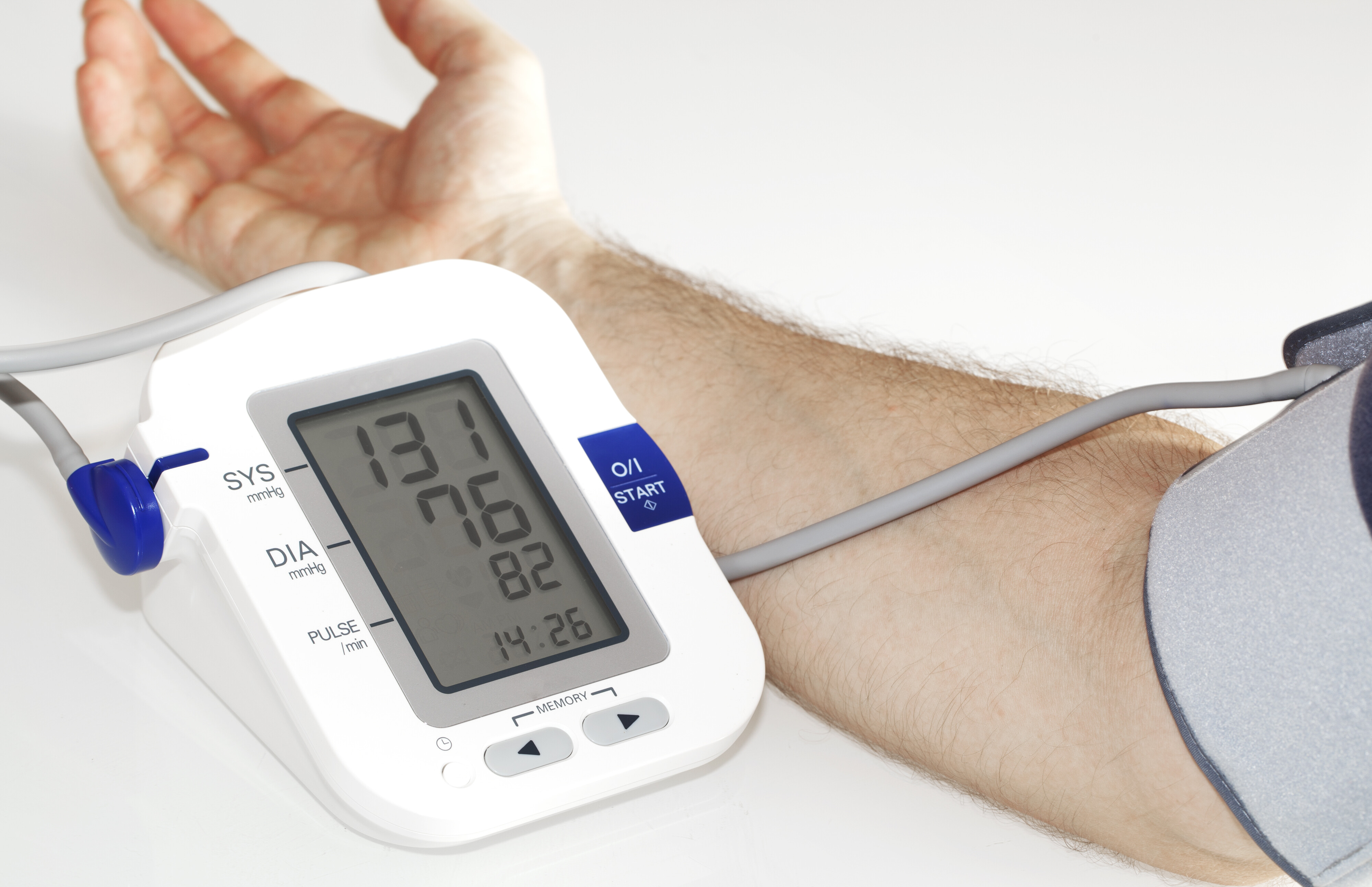What do those numbers mean? A look at blood pressure
It happens at almost every visit to the doctor’s office. A nurse will wrap a blood pressure cuff around your arm, pump it up and then tell you that your blood pressure is something over something. Many of us have no idea what these numbers mean and are unsure what questions to even ask about the readings. Blood pressure reading should not be a mystery. Here are a few basics from the American Heart Association that are helpful in gaining an understanding of this important measure of your health.
What are those two numbers?
Blood pressure is a way to measure the force of the blood moving through your blood vessels. The measurement is given in mm Hg, which refers to the pressure needed to move mercury up that tube on the blood pressure scale a distance of one millimeter. Mercury has long been used to measure pressure and temperature. Metals in general are good conductors of heat and expand or contract depending on the pressure of their environment. Mercury is the only metal that is liquid at room temperature so it is a good tool for measurement.
Blood pressure is given in two numbers. The first number indicates how much pressure your blood is exerting against the artery walls each time your heart beats and is known as systolic blood pressure. The second number, diastolic blood pressure, reveals how much pressure your blood is exerting against the artery wall when the heart is resting between beats. The numbers are usually read as one number over another. For example, 120 over 80 is a normal reading.
Is this the same thing as a pulse?
A pulse is simply a measure of your heart rate, which is the number of times your heart beats per minute. They are both important measures of your health but give different information. When your heart rate increases when you exercise, your blood pressure does not necessarily increase. If you have healthy blood vessels, they will expand when your heart rate increase, which allows more blood to get through. So, in some cases, your heart rate can double while your blood pressure only increases a small amount.
When is there cause for concern?
Normal blood pressure readings are numbers lower than 120/80. If your systolic pressure is 120 to 129, and your diastolic pressure is less than 80, you have elevated blood pressure . If you have several elevated readings, it is important to take steps to control the condition to avoid developing high blood pressure.
Hypertension stage 1 readings occur when the first number is consistently between 130 and 139 or the second number is between 80 and 89. Most doctors are likely to recommend lifestyle changes and may consider ordering blood pressure medications based on your health risks,
Hypertension stage 2 occurs when the readings are consistently higher than 140/90. In most cases, the doctor will recommend lifestyle changes and medications. When blood pressure readings suddenly spike to higher than 180/120, immediate attention is needed. This level is considered a hypertensive crisis. Let your doctor know if you are experiencing any other symptoms such as chest pain, shortness of breath, changes in vision or difficulty speaking.
Aging enters the process
As we reach the age of 50 and beyond, systolic pressure begins to rise as the arteries begin to change and stiffen. Here are several preventive measures that can be taken to control blood pressure:
- Reduce the amount of sodium in your diet as well as processed food. Try adding more fruits and vegetables.
- Reduce the amount of caffeine consumed each day.
- Exercise about 30 minutes each day.
- Stop smoking if you smoke.
- Reduce alcohol intake.
- Maintain a healthy weight. Losing even five pounds can make a difference in your blood pressure.
- Control daily stress levels by taking a break when things become hectic.
Keep in control
Think of your blood pressure as an important gauge on a control panel of life. Check it periodically, and takes steps to keep your blood pressure at a healthy level. This can be more challenging after a medical event when your body is struggling to heal. This is the reason many people choose to recover in a short-term care facility where they can rest assured that their blood pressure and other health concerns are regularly monitored and any problems are quickly addressed by an attentive staff.
Glenview Terrace has earned a reputation for this level of high-quality care. Guests who choose Glenview Terrace for recovery will have access to board-certified medical directors and physicians from local hospitals to ensure continuity of care. Top therapists provide personalized, one-on-one physical, occupational, speech and respiratory therapies to help you quickly and thoroughly recover. A nurse practitioner is on-site to work directly with your physician to help quickly diagnose and manage your medical needs. Also, a rehabilitation nursing manager will guide your nursing team so you can reach the best possible outcome while the director of therapy oversees your therapy goals.
This period of recovery is set in elegantly appointed surroundings. Comfortable rooms with deluxe walk-in showers, satellite television and an array of amenities make your stay as enjoyable as possible.
For a recovery that is both effective and elegant, make plans to recover at Glenview Terrace. For additional information or to arrange a tour, visit glenviewterrace.com or call 847-729-9090.
Back
